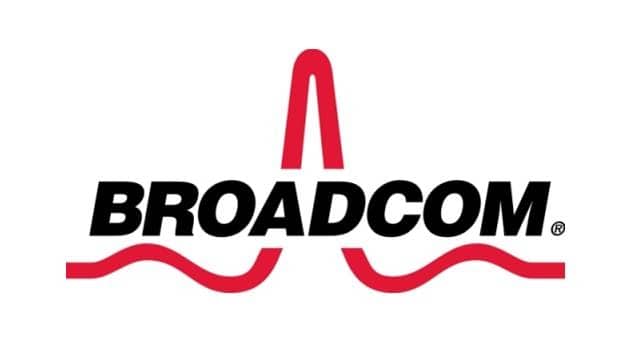According to Broadcom, this high capacity device meets the stringent performance demands of new Ethernet-based 5G radios and supports existing CPRI-based radios, thus consolidating all radio traffic onto a standard, Ethernet-based infrastructure.
With built-in IEEE 1914.3 Radio-over-Ethernet (RoE) mappers, the BCM56670 is the first Ethernet switch in the market that performs CPRI/Ethernet interworking and allows direct connections to CPRI-based radios and baseband processors, claims Broadcom.
The 5G build-out will require an increase in capacity of the mobile network by a factor of ten or more and a simultaneous tightening of key synchronization requirements by a factor of two or more. Ethernet technology is very high capacity, but in the past it has not met the strict synchronization and jitter requirements of cellular networks. The IEEE’s new 802.1CM (Time-Sensitive Networking for Fronthaul) standard provides a synchronization solution that solves this problem and the cellular network can now be upgraded to an end-to-end Ethernet-based architecture that meets the cost, capacity, and performance requirements of 5G.
The Monterey Ethernet switch shares a set of common API interfaces with other
Ram Velaga, VP and GM, Switch Products, Broadcom
The Monterey Ethernet switch is an excellent example of Broadcom’s deep commitment to 5G innovation and strategic R&D investment.
Bob Wheeler, Principal Analyst, The Linley Group
5G will drive an order of magnitude increase in network-bandwidth requirements owing to faster radios and denser networks coupled with larger base stations serving more radios. As a result, the industry is moving away from point-to-point CPRI radio links and towards a switched Ethernet infrastructure based on new protocols like eCPRI and IEEE 1914.


















